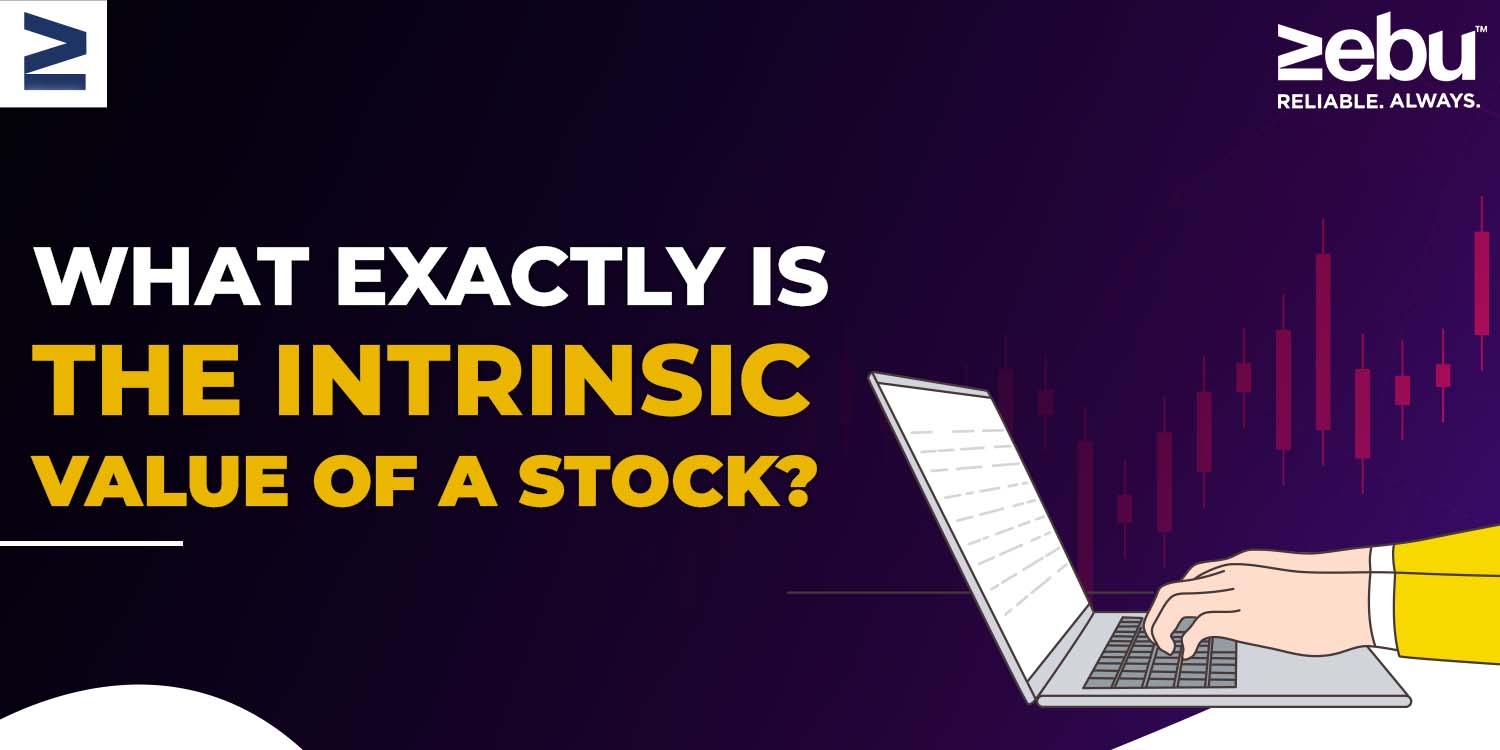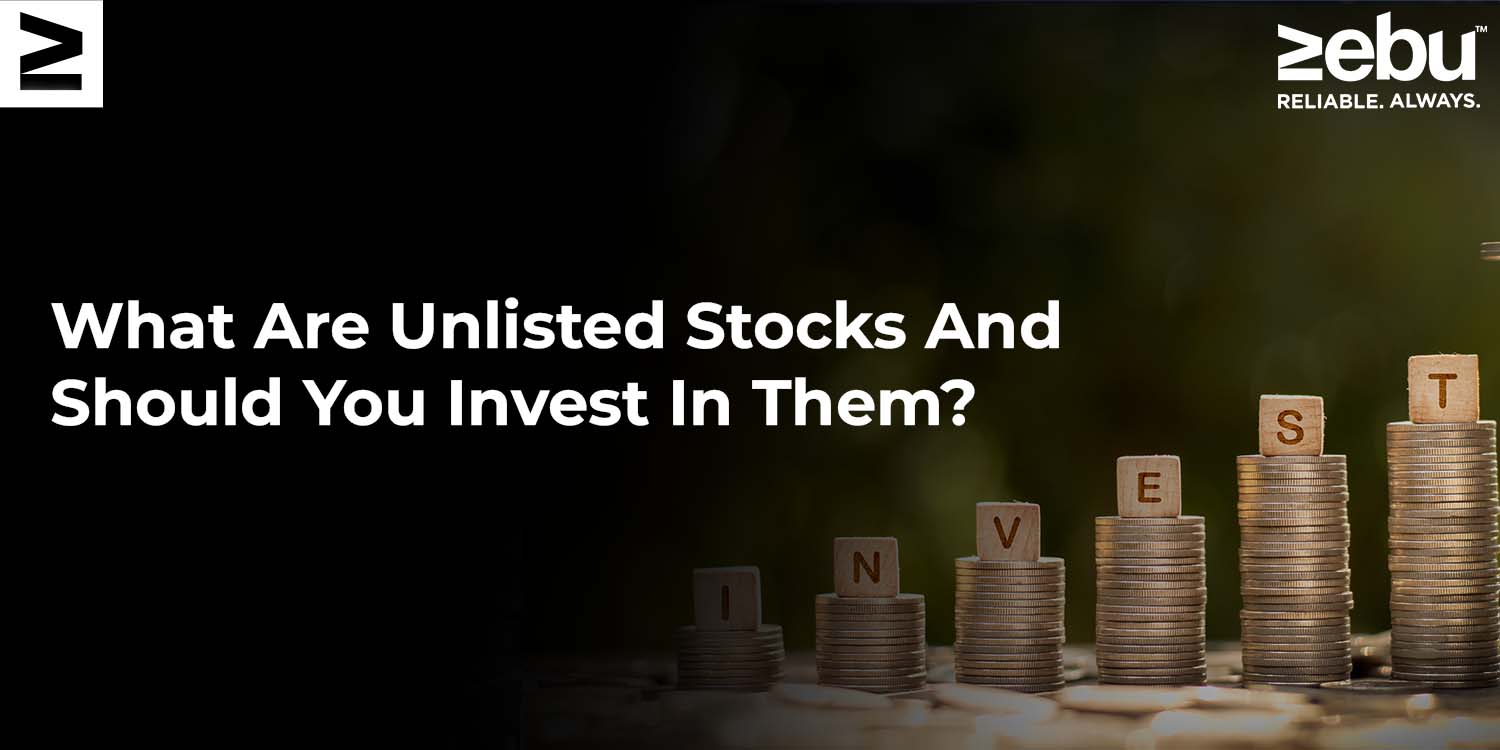
Have you ever thought about why one stock might sell for Rs 200 and another for Rs 20? How do these prices get set? In this article, we’ll talk about what intrinsic value is.
What Does Internal Value Mean?
The true value of a stock is called its “intrinsic value.” This is calculated based on anticipated monetary benefits. Let’s put it this way: it is the most you can pay for the asset without losing money when you sell it later.
Technical analysis helps you figure out how the price of a stock will move and what price levels it may reach. But the price is still very closely tied to what the stock is really worth. So, technical analysis only helps figure out where and how much a stock’s price will move.
Prices have to start from somewhere before they can move in a certain direction. Say that the price of stock right now is Rs 300. Based on your technical analysis, it looks like it might go up to Rs 330. But how did the price of Rs 300 get there? There is a way to figure it out.
Let’s use the example of buying a house. The main reason for building this apartment is to rent it out.
Let’s say you want to keep it for 10 years. You shouldn’t pay more than you can make from it. In other words, the total amount of rent you could get in 10 years plus the price you could get if you sold it after 10 years. The value found in this way would be the flat’s true value.
This value is adjusted for things like inflation and different kinds of risks to make sure it is correct. This will come up again in the section. The discounted cash flow model or the present value model is a way to figure out the true value of something. It can also be used to figure out what a stock is really worth.
So, the bottom line is that a stock’s “intrinsic value” is the total amount you could make from it in the future.
The question then is: How much money can you expect to make in the future from shares? When you buy stocks, the company gives you a piece of its annual profit. We call this a dividend. If you add up the value of the dividends and the price at which the share will be sold in the future (called the “terminal value”), you can figure out what the share is really worth.
However, does Rs 200 in dividends today have the same value as Rs 200 in dividends 10 years from now? The value of Rs 100 in ten years is less than the value of Rs 100 today. In other words, inflation makes money worth less over time.
To account for this change in value, you will have to use a method called “discounting” on each future dividend. In this step, you will divide each of the future dividends by a certain rate and then add them all up. Add the values to get the intrinsic value.
RELATIVE VALUE METHOD: Now, let’s talk about the second way to figure out what a stock is really worth. This is done by comparing the price of the stock with one of the most important things about the company.
Some key fundamentals include sales revenue, net income or profit (also called earnings), book value of equity shares, etc. When you buy shares of a company, you own a piece of the company’s core assets. For instance, you might get a share of the company’s sales or profits. This is because when you buy shares, you become a part-owner of the business.
Now, it makes sense that you should always try to buy something at a good price and pay as little as possible. The less these shares cost on the market, the less you have to pay per unit to buy these fundamentals.
Let’s look at a specific case. The price to earnings (PE) ratio is one of the ratios you can use to compare prices. In this ratio, you compare the price of a company’s share to how much it earns per share. If the price per share is Rs 300 and the earnings per share (EPS) is Rs 30, the PE will be Rs 10. This means that you pay Rs 10 for each rupee that the company makes.
How do you know whether or not this price is fair? To find this, you must compare it to the PEs of the company’s competitors. If, for example, the average PE of your competitors is 15, you are paying less for your shares. This is because you have to pay an average of Rs 15 per unit of earnings for a share of one of the competitors. But you only pay Rs 10 for your company. Because of this, this method is called the relative value method.
You can also use this method to figure out how much a company’s stock is really worth. By rearranging the formula for PE, you can see that the stock’s real value is the sum of PE and EPS. Now, take the average PE of your competitors, which is 15, and multiply it by the EPS of your company, which is 10. This will give you the intrinsic value of your stock. It adds up to Rs. 150. This means that Rs 150 is a fair price for your stock. Since you can buy it in the market for only Rs 120, it is a great deal. You can buy it with the expectation that it will go up to this fair value.
The relative value method is important because it uses both the fundamentals of the company and market trends to figure out how much a stock is really worth. This makes it more real, but also more likely to be wrong. If fundamentals change a lot in the future, your estimate of the stock’s true value could be wrong.



